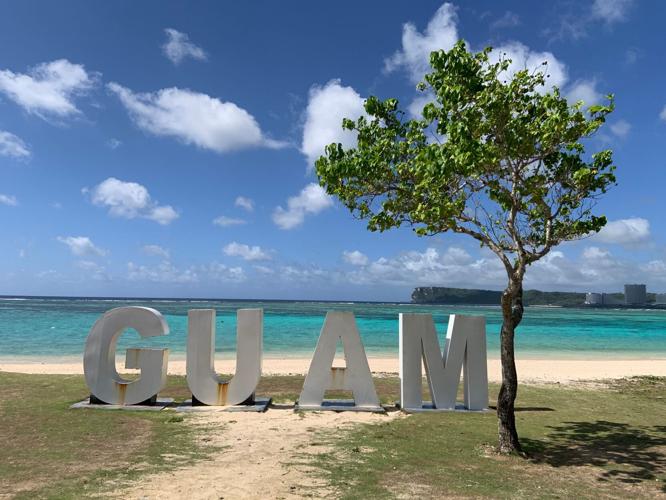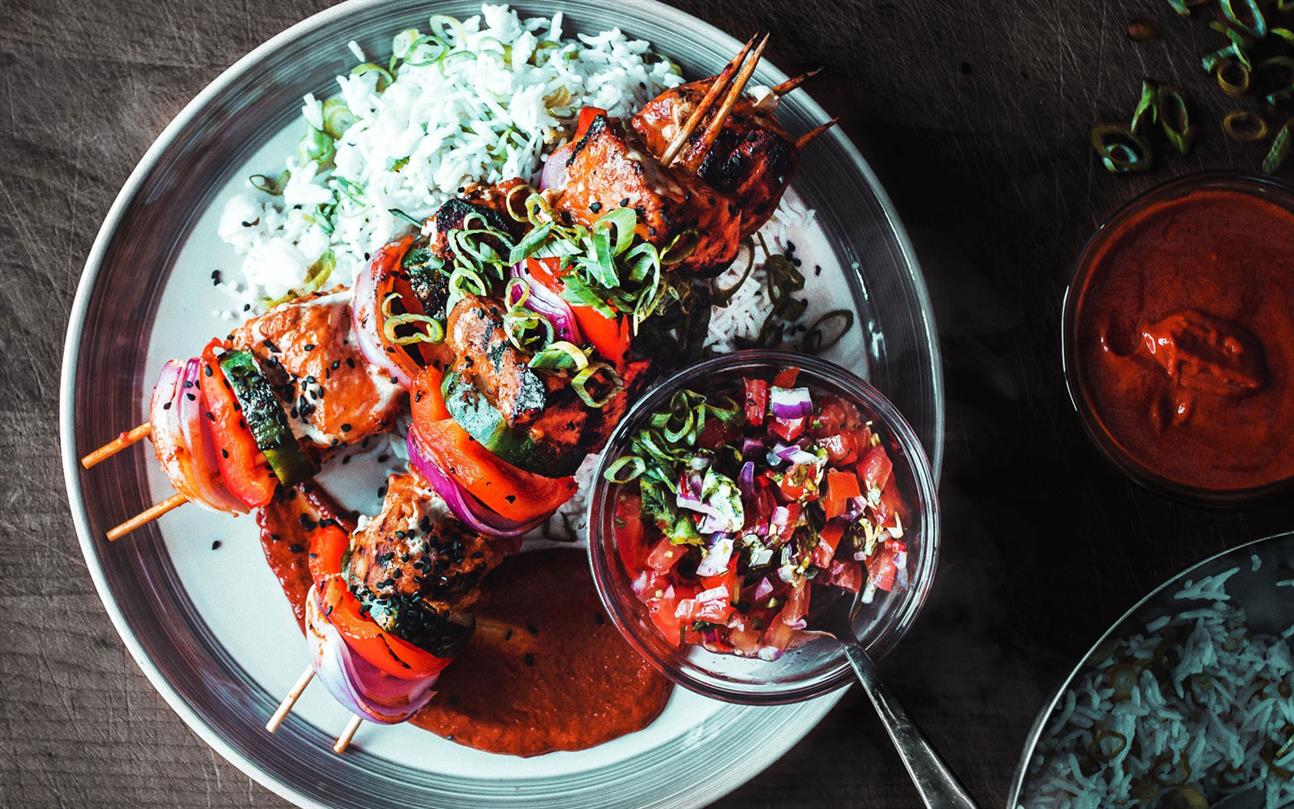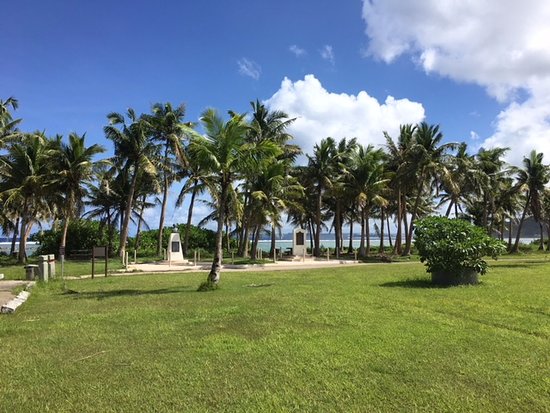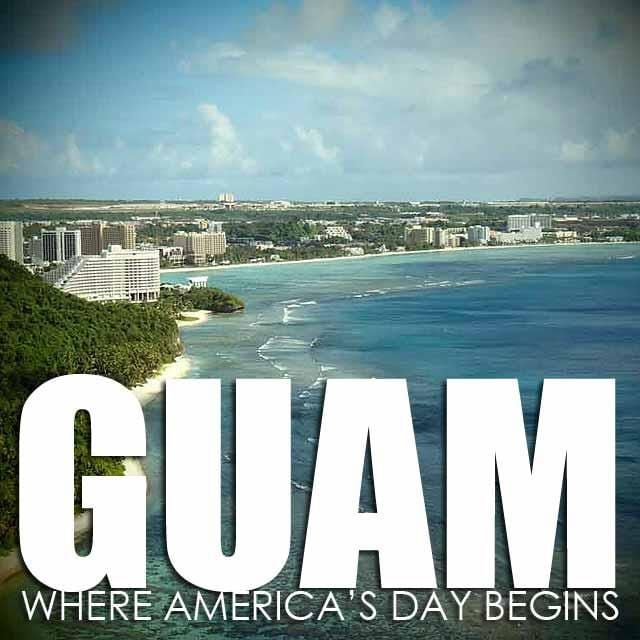WELCOME TO GUAM, ORIGIN OF THE AMERICAN DAY
Even the most well-traveled among us may pause when presented with a map and asked to locate Guam.
Unless you served in the United States military and were stationed here, you probably have no idea where or what this 225-square-mile island is.
But Guam has a long history that dates back to 2000 BC, when the Austronesian forebears of the present-day Chamorro people arrived.

While sailing around the world for the Spanish crown in 1521, the Portuguese adventurer Ferdinand Magellan landed there first.
After another 44 years, Spain officially claimed the island for themselves, irrevocably altering Chamorro traditions.
Recent history recognizes Guam for its pivotal role in WWII, when the Japanese bombarded the island just four hours after Pearl Harbor, sparking one of the bloodiest battles of the conflict.
After the United States’ victory in the Korean War in 1950, it was declared an unincorporated territory of the United States and has since developed into an important military outpost and a popular tourist destination for people from Japan and South Korea.
FROM THE DEEPEST TO THE TALLEST
Guam, the largest of the Mariana Islands, was formed by two volcanoes millions of years ago. It’s the first point in the United States where the sun rises and it’s around 30 miles long and 4 to 12 miles wide, sandwiched between the Pacific Ocean and the Philippine Sea.
Guam’s Mount Lamlam (“lightening” in Chamorro) is located on the island’s southern side, and it sits on the lip of the Marianas Trench, the deepest trench in the world, which extends about seven miles below the surface.
Lamlam, second only to Mr. Everest in height, rises 1,332 feet above sea level when it protrudes from the trench, making it the peak with the greatest shift in elevation on Earth. Those who take the time to trek the two hours to the peak can boast about their accomplishment.
Guam’s reef is a popular spot for scuba diving, snorkeling, and other water sports, and it also features excellent opportunities for trekking. The trails are popular among both tourists and locals because of their varied terrain and interesting features, such as waterfalls, tropical woods, caverns, rivers, and hills and mountains.
If you want to go on a Saturday expedition with the Guam Boonie Stompers, make sure you bring drink, sunscreen, and a hat. Also, it’s not a good idea to go hiking by yourself. I would not recommend venturing out alone.

HAPPY MOTORING
One of my favorite drives is a loop around the south side of the island, where Route 1 connects with Routes 2 and 4 to pass through towns long inhabited by Chamoru people.
There are scenic overlooks, parks, beaches, trailheads, and historic villages along the way, such as the one where Magellan is said to have landed, the War in the Pacific National Historical Park, and the Spanish Fort Nuestra Seora de la Soledad (c. 1810).
Despite being mostly composed of limestone and featuring less flora than the island’s rocky southern side, the north side of the island is nevertheless stunning and well worth the trip.
A family of wild pigs ran over the winding road as I drove to Ritidian Beach for the first time in the Guam National Wildlife Refuge, their tufted tails swaying in the air.
King Crow butterfly with blue bands, found only in Guam. Shot by Joyce McClure
During another trip, hundreds of native blue-banded king crow butterflies fluttered about the forested Latte Loop Trail that leads to ancient caves and the site of a prehistoric Chamorro settlement. Hearing my approach, a juvenile monitor lizard darted underground.
Both tourists and locals love taking advantage of the refuge’s two miles of trails, lounging on the beach’s 2.5-mile stretch of pristine white sand, touring the village’s old Chamorro ruins, and exploring the caverns along the cliff’s limestone face.
The old stone pillars that stand in the Valley of the Latte are a cultural symbol of the Chamorro people and were used to support community dwellings in the past.
The park not only provides paddle boarding, river cruises, and kayaking, but also organizes workshops where guests may learn how to make traditional Hawaiian flower crowns and leis, as well as coconut oil and coconut sweets.
The Guam Museum is one of my favorite places to kill some time because of the wealth of resources it provides regarding the island’s past, present, and future. I always end up spending a few hours there learning from the interactive displays.

FOOD IS CULTURE
As well as being home to a sizeable Filipino population, Guam is also the epicenter of ancient Chamorro culture. Guam is a melting pot of cultures: Micronesian, Korean, Japanese, Chinese, and Thai; Mexican; and Spanish.
This is reflected in the island’s many family-run eateries, which often serve freshly caught reef fish or tuna (Micronesia is the tuna capital of the world), as well as coconuts, more than a dozen varieties of bananas, taro, papaya, breadfruit, mangoes, eggplant, pineapples, and spicy peppers.
Guam is an island made up of several different towns, many of which were once used for farming, ranching, and fishing but are now residential and commercial areas.
Every town has its own patron saint, Catholic church, and annual festival to honor anything from the region’s bounty of bananas and coconuts to the harmony and history of its inhabitants. You may eat your way to culinary fame while immersing yourself in the local culture.

YES, BUT WHAT’S IT REALLY LIKE?
When my American friends ask me how Guam is, I always say, “It’s like Miami.” It’s warm and muggy, and the ocean is nearby. Moreover, that’s over there.
The climate is warm and humid all year, averaging in the high 80s, with two distinct seasons (dry from January to May and wet from July to November). Most travelers agree that January is ideal.
Along the coast of Tumon Bay on the island’s western side is a tourism district filled with huge, well-known hotels. Popular tourist destinations and retail centers often feature multiple locations of fast food chains like Applebee’s, California Pizza Kitchen, Ruby Tuesday, and Lone Star.




